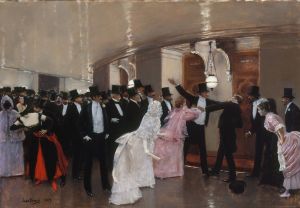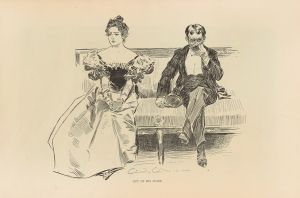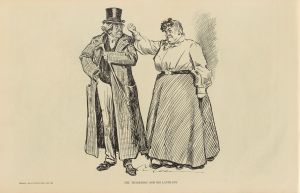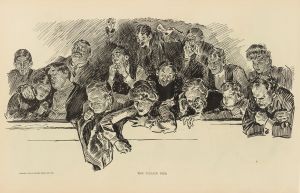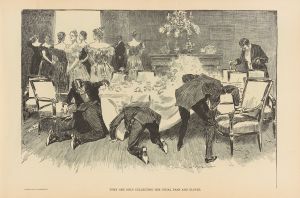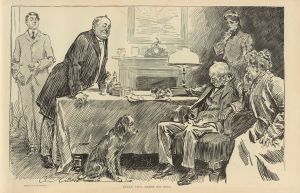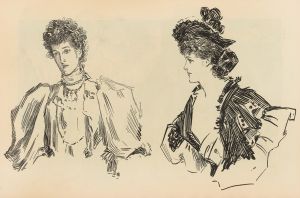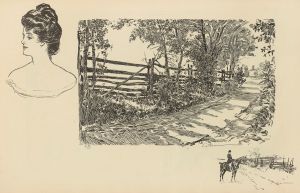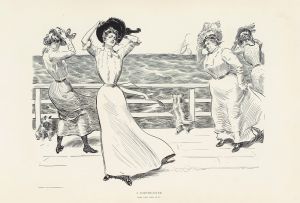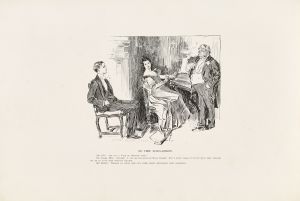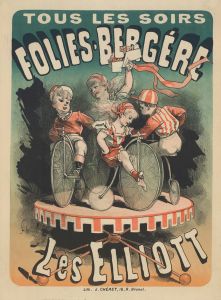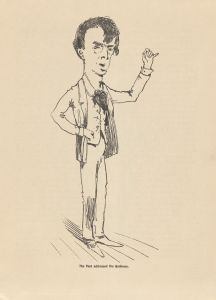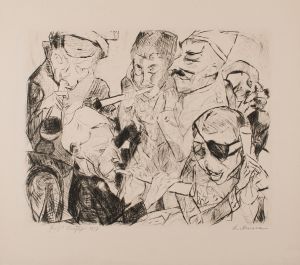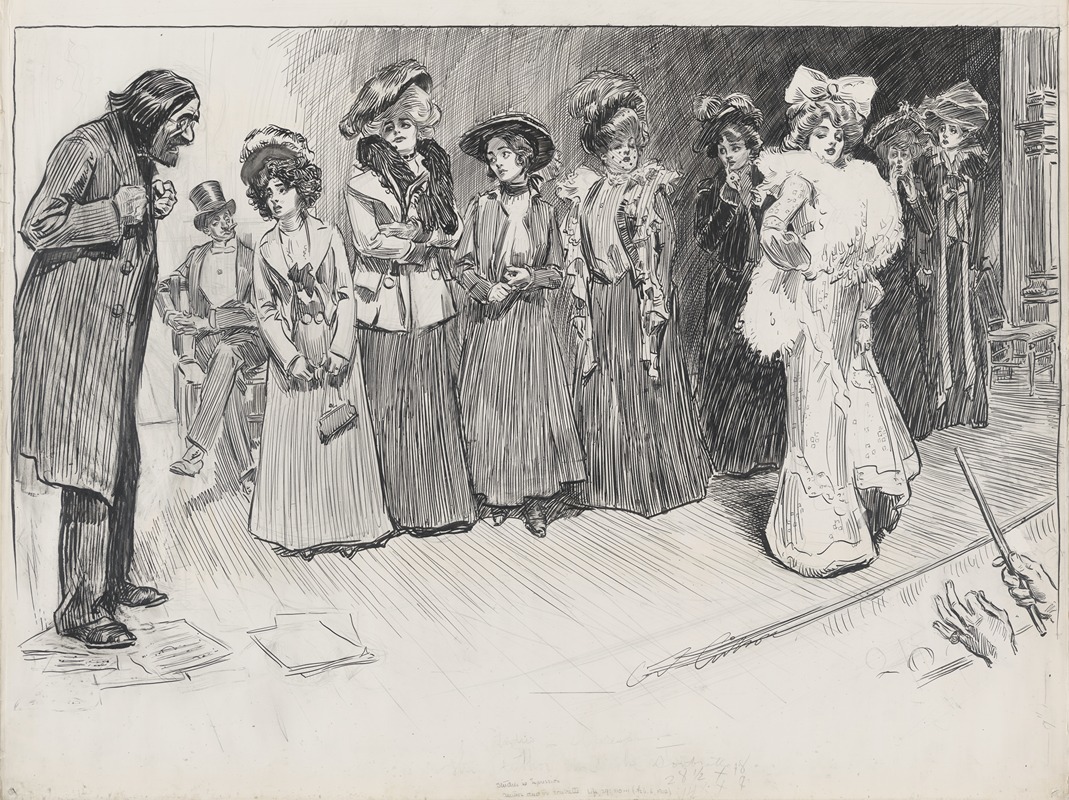
Studies in expression. The author and the soubrette
A hand-painted replica of Charles Dana Gibson’s masterpiece Studies in expression. The author and the soubrette, meticulously crafted by professional artists to capture the true essence of the original. Each piece is created with museum-quality canvas and rare mineral pigments, carefully painted by experienced artists with delicate brushstrokes and rich, layered colors to perfectly recreate the texture of the original artwork. Unlike machine-printed reproductions, this hand-painted version brings the painting to life, infused with the artist’s emotions and skill in every stroke. Whether for personal collection or home decoration, it instantly elevates the artistic atmosphere of any space.
Charles Dana Gibson was a prominent American illustrator best known for his creation of the "Gibson Girl," an iconic representation of the American woman at the turn of the 20th century. His work captured the spirit and style of the era, and he became one of the most influential illustrators of his time. One of his notable works is "Studies in Expression. The Author and the Soubrette."
"Studies in Expression. The Author and the Soubrette" is a black-and-white illustration by Gibson that showcases his keen ability to capture nuanced expressions and social interactions. The illustration is part of a series that explores different facial expressions and the subtleties of human emotion and interaction. Gibson's work often depicted scenes from everyday life, infused with humor and a keen observation of social dynamics.
In this particular illustration, Gibson presents two characters: the author and the soubrette. The term "soubrette" refers to a stock character in theater, typically a lively and flirtatious maid or a young woman with a playful disposition. The author, on the other hand, is depicted as a more serious and contemplative figure. The interaction between these two characters is central to the illustration, with their contrasting expressions and body language providing insight into their personalities and the nature of their relationship.
Gibson's illustrations were widely published in magazines such as Life, Harper's Weekly, and Scribner's, reaching a broad audience and influencing popular culture. His ability to convey complex emotions and social commentary through simple yet elegant line drawings made his work highly regarded and sought after.
The "Gibson Girl" became a cultural phenomenon, representing the idealized American woman of the time—independent, confident, and fashionable. While "Studies in Expression. The Author and the Soubrette" does not feature the Gibson Girl directly, it reflects Gibson's broader style and thematic interests, including the exploration of gender roles and social interactions.
Gibson's work, including this illustration, is characterized by its precise line work and attention to detail. He had a talent for capturing the essence of his subjects with minimal lines, creating images that were both visually striking and rich in narrative content. His illustrations often contained elements of satire and social critique, reflecting the changing dynamics of American society during the late 19th and early 20th centuries.
"Studies in Expression. The Author and the Soubrette" exemplifies Gibson's skill in portraying the subtleties of human expression and interaction. Through this work, he invites viewers to consider the complexities of communication and the roles individuals play in social settings. The illustration remains a testament to Gibson's enduring legacy as a master illustrator and a keen observer of the human condition.





